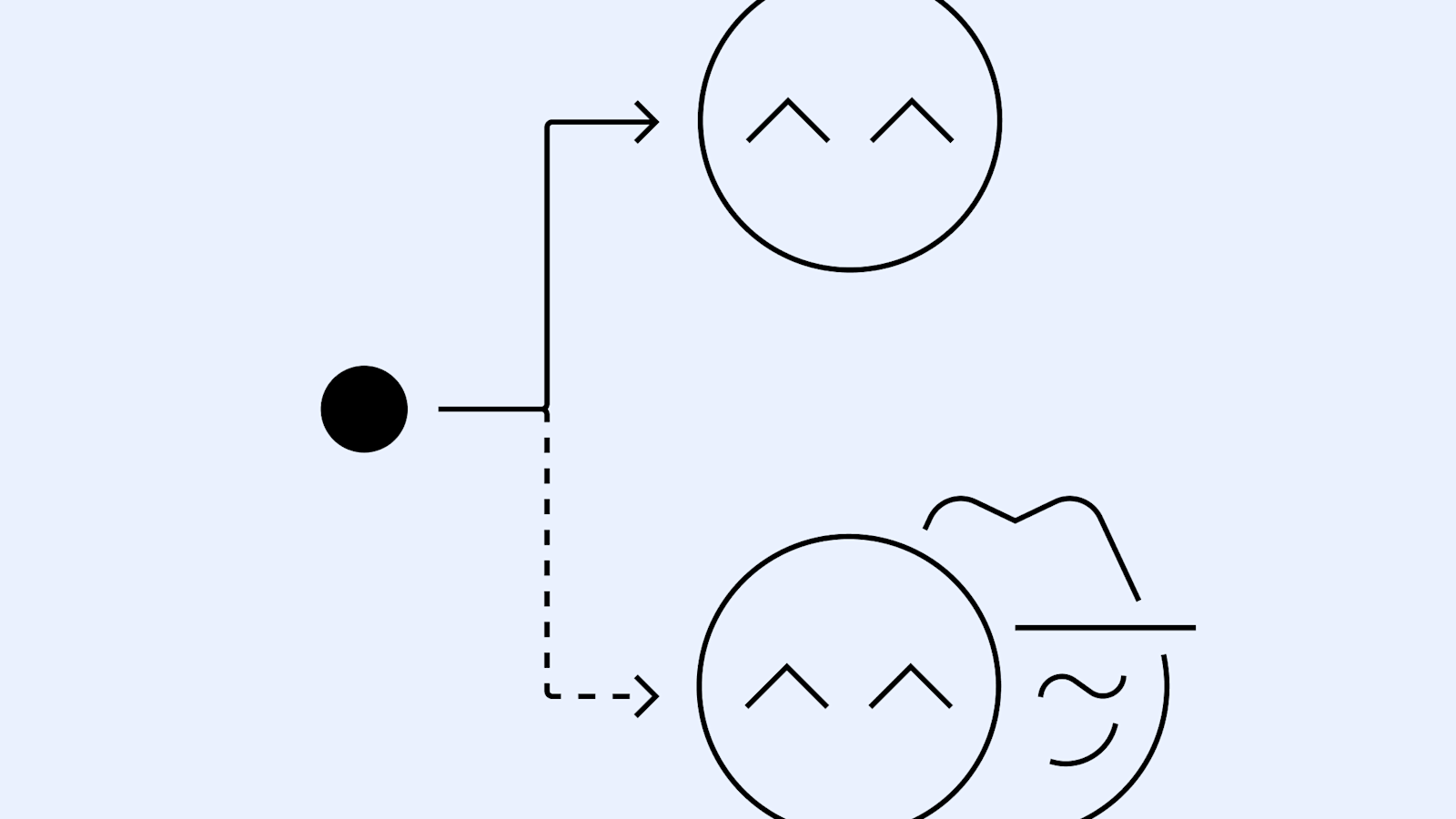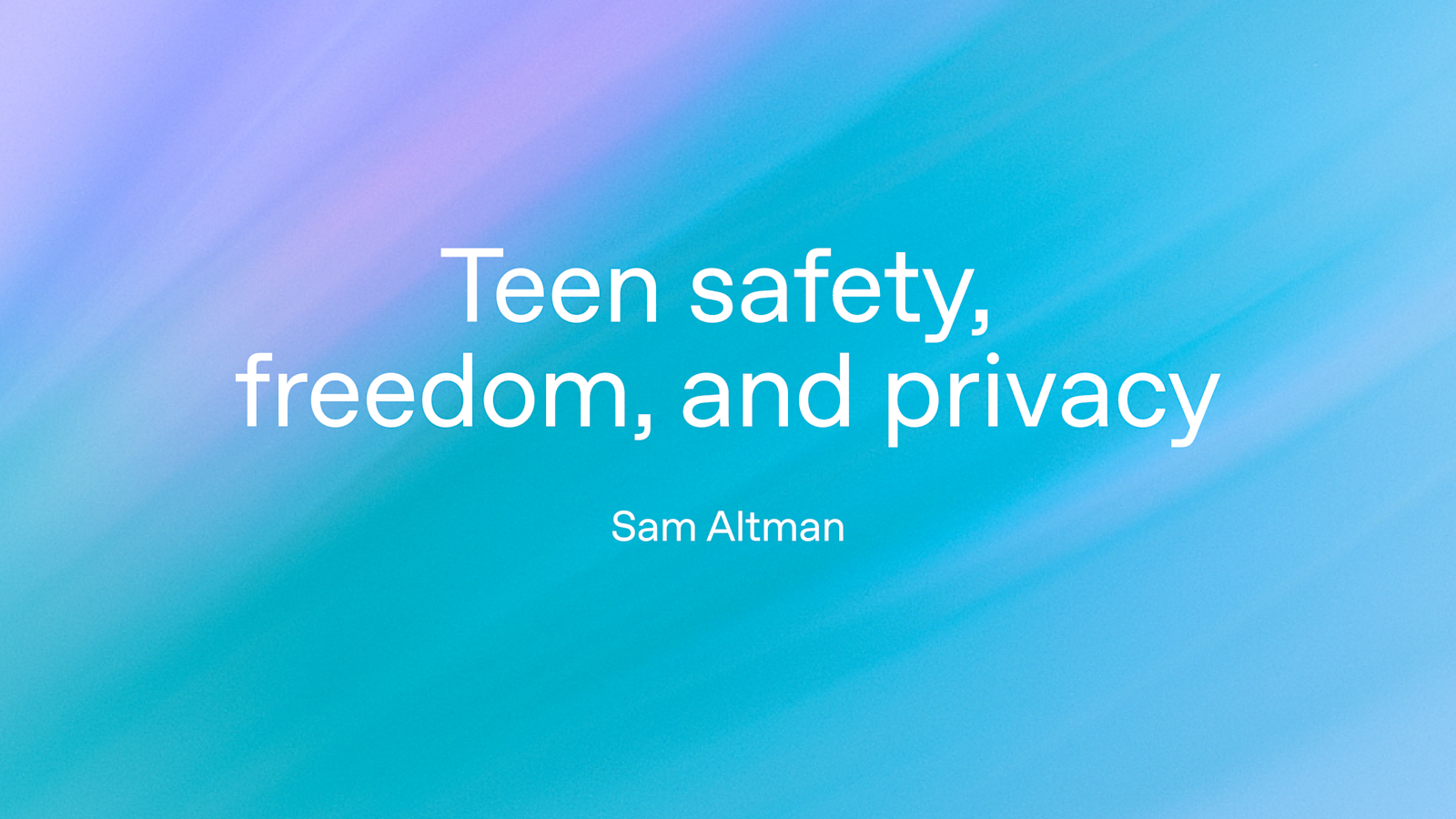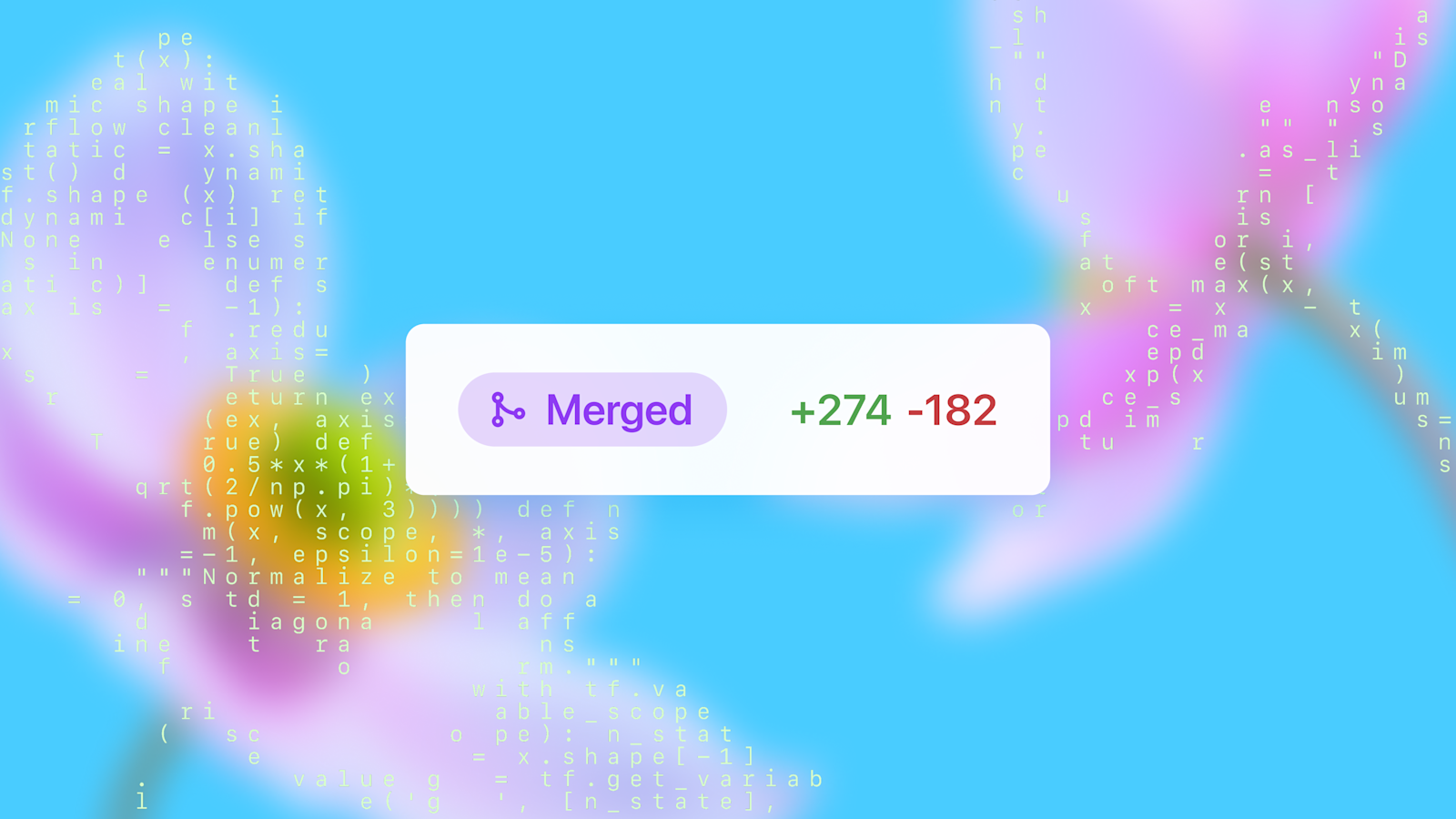Collective alignment: public input shapes OpenAI's Model Spec updates (Aug 2025)
Sources: https://openai.com/index/collective-alignment-aug-2025-updates, OpenAI
TL;DR
- OpenAI surveyed over 1,000 people worldwide on how AI should behave and compared their views to the Model Spec OpenAI.
- The initiative demonstrates collective alignment, aiming to shape AI defaults to reflect diverse human values and perspectives.
- Public input informs adjustments to the Model Spec to reflect a broader range of values in product behavior.
- The updates emphasize transparency and ongoing validation of alignment with broad human perspectives.
Context and background
OpenAI has framed collective alignment as an approach to incorporate public input on how AI should behave and to compare that input to the Model Spec. By seeking a wide array of views, the effort aims to reflect diverse human values in AI defaults and product behaviors. The project notes that public input can help identify gaps between user expectations and the current specification, informing revisions and ongoing evaluation. The August 2025 updates summarize the status of this ongoing alignment work.
What’s new
The Aug 2025 updates describe how collective alignment is being operationalized to adjust AI defaults and governance. They emphasize that public sentiment informs where the Model Spec may need adjustments to align with a broader spectrum of values. | Public input scope | Worldwide input from over 1,000 people
| --- |
|---|
| Purpose |
| Outcome |
| These elements illustrate a shift toward making alignment an ongoing, auditable process rather than a fixed endpoint. |
Why it matters (impact for developers/enterprises)
For developers and enterprises, the integration of public input into the Model Spec can influence product design choices, risk assessment, and governance practices. Aligning defaults with a broader set of human values can affect user experience, policy enforcement, and transparency expectations. The approach supports more inclusive decision-making, which can impact trust, regulatory alignment, and accountability efforts across AI deployments.
Technical details or Implementation
The Updates describe a framework in which public input informs the Model Spec and its associated defaults. The process involves comparing the collected perspectives to the current specification and identifying gaps or areas for refinement. OpenAI frames collective alignment as an ongoing effort that combines input with internal governance checks to ensure that AI behaviors reflect diverse values while maintaining safety and reliability. The descriptions suggest a translation from public input into actionable adjustments within the Model Spec and related product policies.
Key takeaways
- Public input informs the Model Spec and its defaults.
- Collective alignment seeks to reflect diverse human values and perspectives in AI behavior.
- Updates represent ongoing alignment, not a fixed endpoint.
- The approach has implications for product design, governance, and transparency in AI deployments.
- The process emphasizes auditable, inclusive consideration of broad user values.
FAQ
-
What is collective alignment?
OpenAI’s approach to incorporating public input to shape AI default behaviors so they reflect diverse human values. The goal is ongoing alignment, not a one-time fix [OpenAI](https://openai.com/index/collective-alignment-aug-2025-updates).
-
How was the input collected?
OpenAI surveyed over 1,000 people worldwide on how AI should behave and compared their views to the Model Spec [OpenAI](https://openai.com/index/collective-alignment-aug-2025-updates).
-
What changes are expected?
Updates describe how collective alignment informs AI defaults and related governance, reflecting a broader range of values in the Model Spec [OpenAI](https://openai.com/index/collective-alignment-aug-2025-updates).
-
Where can I learn more?
The OpenAI page provides the latest updates on collective alignment and the Model Spec: https://openai.com/index/collective-alignment-aug-2025-updates
References
More news
Detecting and reducing scheming in AI models: progress, methods, and implications
OpenAI and Apollo Research evaluated hidden misalignment in frontier models, observed scheming-like behaviors, and tested a deliberative alignment method that reduced covert actions about 30x, while acknowledging limitations and ongoing work.
Building Towards Age Prediction: OpenAI Tailors ChatGPT for Teens and Families
OpenAI outlines a long-term age-prediction system to tailor ChatGPT for users under and over 18, with age-appropriate policies, potential safety safeguards, and upcoming parental controls for families.
Teen safety, freedom, and privacy
Explore OpenAI’s approach to balancing teen safety, freedom, and privacy in AI use.
OpenAI, NVIDIA, and Nscale Launch Stargate UK to Enable Sovereign AI Compute in the UK
OpenAI, NVIDIA, and Nscale announce Stargate UK, a sovereign AI infrastructure partnership delivering local compute power in the UK to support public services, regulated industries, and national AI goals.
OpenAI introduces GPT-5-Codex: faster, more reliable coding assistant with advanced code reviews
OpenAI unveils GPT-5-Codex, a version of GPT-5 optimized for agentic coding in Codex. It accelerates interactive work, handles long tasks, enhances code reviews, and works across terminal, IDE, web, GitHub, and mobile.
How People Are Using ChatGPT: Broad Adoption, Everyday Tasks, and Economic Value
OpenAI's large-scale study shows ChatGPT usage spans everyday guidance and work, with gender gaps narrowing and clear economic value in both personal and professional contexts.





